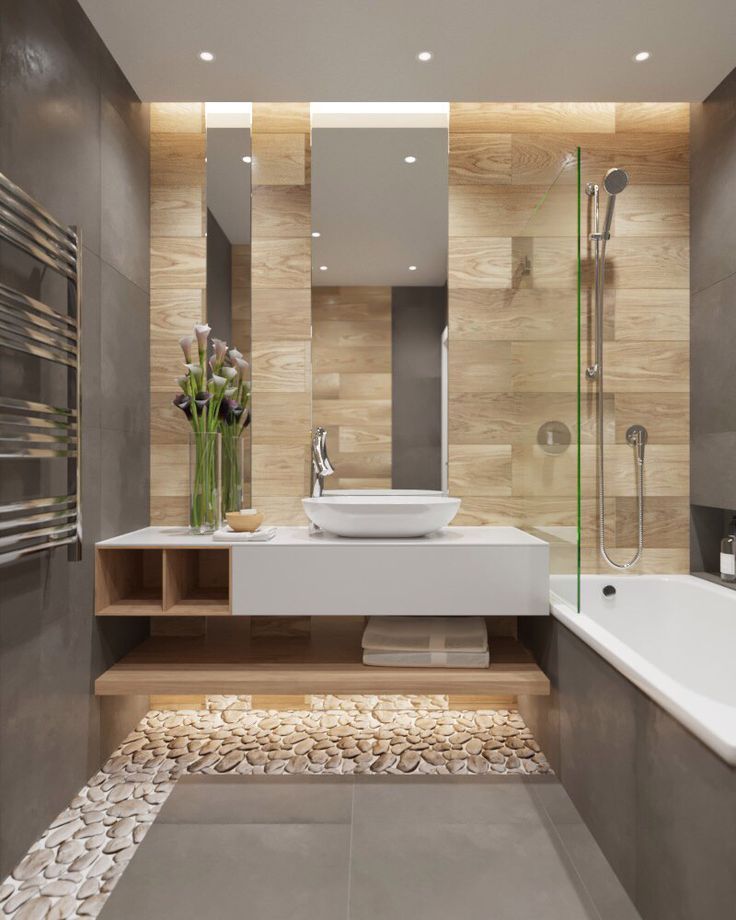The word tile is from the Latin word tegula, derived from the tegere verb, which means to cover.
Tile is considered to be flat pieces of cooked pottery used on the floors and walls of buildings.
They are often glazed to create a barrier to water penetration to the tile body, as well as to create a variety of colors and roles.
A tiled surface and a completely hygienic surface will be impermeable to water and suitable for cleaning. And even though it is resistant to fire, it distributes heat well into the environment.

Reasons for using tile
One of the reasons for using tile is its toughness, its resistance to natural forces such as wind, rain, sun, chemical elements. The glazed tile after the baking process is very hard and impermeable to water absorption.
In addition to the good strength of this material, other factors have also been effective in the use of tile:
- Easy access to raw materials b. Geographical conditions including weather and natural resources c. Variety of color and flexibility of using the tile.
Types of Colors and Tile Flexibility as mentioned, the tile has extraordinary flexibility so that the tile can be cut into the smallest pieces possible and the largest pieces. They can also be used in curves and arches, such as Muqarnas ornaments.
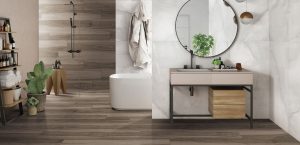
Types of tiles in terms of structure
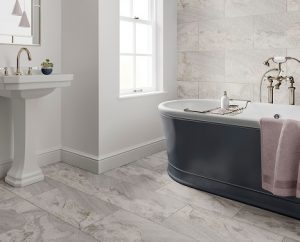
Porcelain tiles
These tiles are baked at a very high temperature and this makes the tiles have a higher density, strength, hardness than other tiles.
Glazed tile
Glazed tiles are made by a glass surface that adds color and pattern to the tile after baking to make it shiny and easier to clean. These tiles can be used for bathroom walls, toilets, kitchens and Also the variety of designs and colors on these tiles is one of its strengths.
Ceramic tiles
These tiles are usually made of clay or similar minerals, and all steps (processing and glazing) must be performed in the heat. There are ceramic tiles in both glazed and non-glazed.
Paving tile
These tiles look almost like bricks and are thicker than bricks. These tiles are used for flooring, patios and sometimes bathrooms and require sealing or bonding after installation.
Mosaic tiles
These tiles are made in 2.5 cm pieces of porcelain or ceramic types and can be individually installed or pre-installed on plastic or paper plates and then used. These mosaics have two types of glazed and non-glazed.
Iranian tile ‘s position in the world
Iran is one of the developed countries in ceramic & tile production. Due to the high population of Iran, ceramic tile consumption is ranked eighth in the world and it’s export rank is seventh in the world. Iran is ranked fifth in the world in ceramic tile production after China, Spain, Italy, and India
One of the most important reasons for the development of this industry in our country are:
- Cheap and abundant mineral resources
- Low labor wages
- Cheap energy sources
- Appropriate profit margin
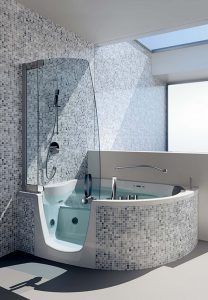
Exports
more than 20 countries are buying Iranian tiles. most of Iran’s exports are to Pakistan, Afghanistan, Iraq, Georgia, Azerbaijan, Armenia, Russia, Kyrgyzstan, Kazakhstan, Qatar, Bahrain and European countries such as Germany, Italy, and Switzerland.
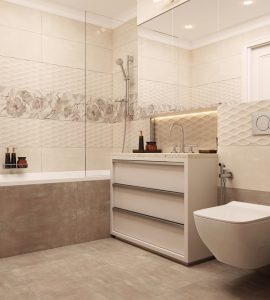
it is critical to note that our company “Kala Sepid Tarabar” as an international transportation & trading company has experienced and professional staff members in all matters related to any shipment (road-rail – sea-air and multimodal freight) and trading, so has always been able to serve the interests of its customers to supply, purchase and export cargoes to all over the world as fast as possible as a strong advisor by choosing the best route and method of transport.

